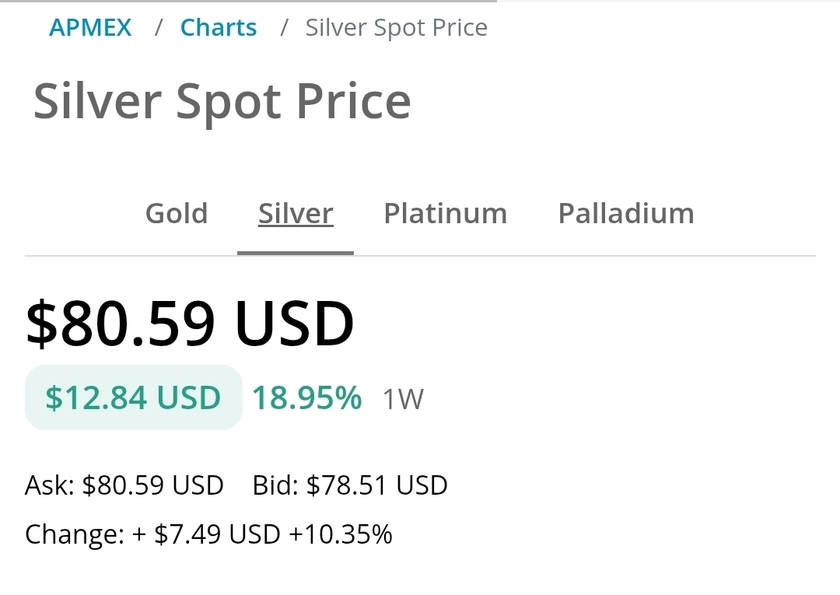According to recent research from the Atlantic Council Tracker, the majority of the world’s Central Banks are seriously considering Central Bank Digital Currencies, with many projects already underway.
While the facts indicate that planning for and testing of digital forms of national currency are underway, actual implementation often lags behind due to lack of experience, understanding of use cases and specific applications.
In order to foster innovation and drive the development of CBDC applications, Ripple sponsored a CBDC Innovate Challenge in 2022. Enterprise and individual developers were encouraged to enter the challenge and develop CBDC applications using Ripple’s technology, in three categories:
- Retail
- Interoperability
- Financial Inclusion
The CBDC Innovate Challenge closed with a total of six winners (two from each category) at the end of 2022. The enthusiasm among developers surrounding the challenge was strong and Ripple received almost 500 entries.
CBDCs are Ideal for Innovation
Well-designed CBDCs, backed by the safety of Central Bank Reserves and country regulations, offer not only a secure and reliable means of performing digital transactions, they can also help to solve some of the world’s biggest challenges including financial inclusion and sustainability.
With CBDCs, payments can be accelerated, banking and third-party transaction fees can be lowered and the environmental burdens of printing fiat currency—using paper and significant energy resources—can be eliminated.
Jose Jesus Perez Aguinaga, conFIEL founder and CBDC Innovate winner highlights how CBDCs can be a stable, beneficial, and positive force for people around the world, stating that “with the adequate technology and controls in place, CBDCs can actually bring financial freedom to individuals.”
For the Innovate Challenge, conFIEL developed a unique localized application, designed to be used by the Central Bank of Mexico. conFIEL explored building a retail CBDC on top of the XRP Ledger for Mexico’s Central Bank (Banxico) using SAT (Mexican tax authority) digital signatures called FIEL (or e.Firma). The use of the digital signatures verifies the identity of the users, thereby helping to prevent fraud and theft.
conFIEL is just one of the winning CBDC Innovate projects showcasing how CBDCs can be used to promote financial inclusion and fast, accelerated payments.
Powering Next-Gen Financial Services with CBDCs
CBDCs are uniquely positioned to drive innovation within the financial services industry and in other adjacent ecosystems.
Community Loans enables users to give out and take uncollateralized loans in a peer-to-peer manner, incorporating a unique reputation-based system to establish trust. In his entry for CBDC Innovate, Community Loans developer Rahim Klaber, “tried to think about how users would interact with the application and what I would need from the users and went from there. Using CBDCs means that the users are (hopefully) already KYCed and handling fraud could also be simplified.”
Rahim believes that CBDCs are an ideal platform for innovation thanks to their ability to be backed specifically by a nation’s central bank, and their ability to enable easier-to-build, interoperable financial systems.
Ripple’s CBDC Innovate Challenge aims to help drive accessibility to CBDCs as a platform for innovation within payments and financial services, with CBDCs acting as a gateway for individuals into different areas of web3.
One example is the PeerPay app, created by CBDC Innovate winner Nestor Campos Rojas. PeerPay offers the unique ability to transact payments with a variety of digital assets. PeerPay is a payment system that allows anyone to transact money, send and receive different assets, see transfers, and manage an agenda of recipients. Nestor created PeerPay because he “believes that the future of payments has to be inclusive and interoperable.”
CBDC Payment and Interoperability Apps
Two other specific entities to highlight from the CBDC Innovate Challenge include SpendTheBits and Checksum. Both applications provide a solution to enable CBDCs to work as a functional bridge between other digital assets.
“CBDCs hold great potential to revolutionize finance with impacts such as financial inclusion, reduced friction, near-instant settlement times, interoperability, and integration with enterprise and retail applications,” says SpendTheBits founder Jay Kambo, who conceptualized the project by leveraging a central bank monetary framework and perspective.
SpendTheBits (STB) is an application that allows retail users to make payments in multiple currencies including CBDCs, cryptocurrencies, and stablecoins. With SpendTheBits secure, interoperable payments can be made in seconds rather than days. The SpendTheBits application incorporates a CBDC Portal, the STB Mobile and Merchant App, and STB Exchange Portal to allow interoperability and liquidity.
Checksum, developed by whirledlabs, specifically takes on a business-facing perspective with advanced payment features and user interface that enables enterprises to easily process checks, invoices, expenses, and payroll for B2B CBDC management. Ryan Molley from Checksum describes his experience with CBDC Innovate: “This was a tough challenge that attracted many skilled developers and interesting projects. The future is bright for the XRP Ledger. We are honored to have been selected as the Retail-facing Enterprise winner after two competitive phases. It is encouraging to see industry professionals considering innovative solutions to solve real-world problems.”
A New Way to Fund Loans Using Digital Currency
The P2P Loans app (aka P2P-CBDC) offers the capability to provide loans for anyone with an XRP Ledger account. P2P CBDC is decentralized, open-source, fast, simple, and low-cost, making it accessible to anyone around the world.
Chris Winkler, creator of P2P-CBDC shared his thought process in formulating his app: “For the 2022 CBDC Innovate challenge, we combined the unmet needs of people that don’t have access to financial services—like loans—with the global development of fast, secure and more accessible CBDCs. That’s when the fusion of our idea of P2P-loans with CBDCs on the XRP Ledger was born. The XRPL and its outstanding technology enables us to empower people to transform their lives by providing them with the exact financial services they need.”
Creating New Opportunities in the Digital Asset Ecosystem
The financial ecosystem is ripe for change and innovation, with digital assets presenting a whole new world of transactions conducted between governments, institutions, and individuals on a daily basis. As such, CBDCs can help facilitate innovation through public and private sector initiatives to help encourage more widespread development and interest.
CBDC Innovate will be returning in Spring 2023. Look for updates on ripple.com/cbdc for details and how to enter the challenge.




























